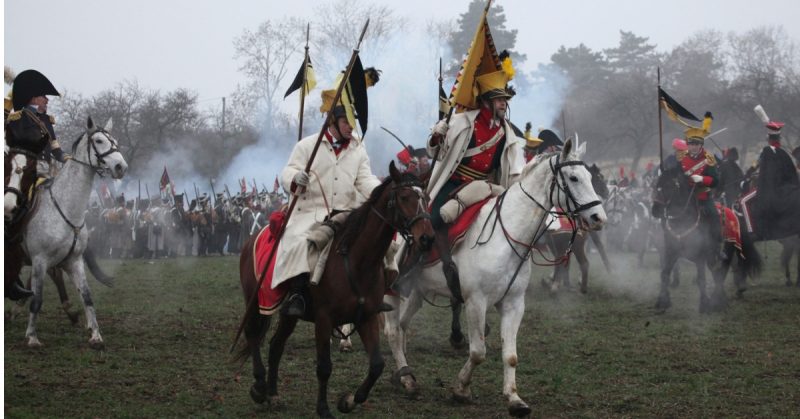Battles generally consist of two opposing forces often from different countries or factions. The Battle of Karansebes is an exception: this deadly battle was fought by the Austrian army against itself.
The battle was part of the Austro-Turkish war that lasted from 1787 to 1791. The battle itself took place on September 17, 1788. To better understand how an army can attack itself, you need to know the makeup of that army.
The Austrian army was actually the army of the Habsburg Empire. This was a far-reaching empire that resulted in the army having soldiers from different countries including Austria, Germany, Poland, and France. This mixture of people led to some communication issues as the soldiers did not share a common language.
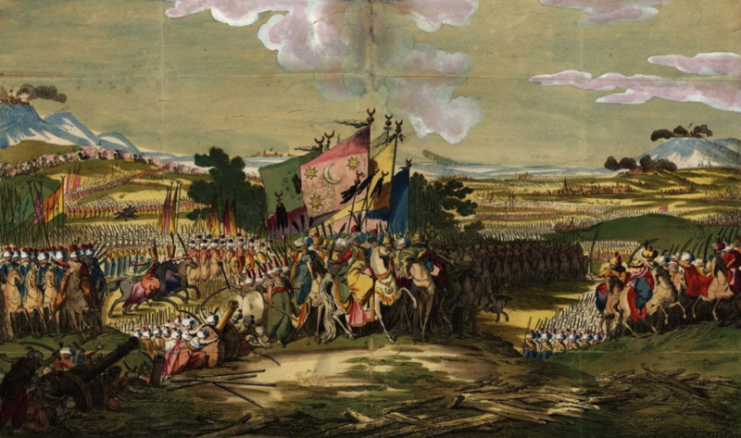
The communication issue in the army is fairly important when it comes to this battle. In September 1788, Austria was fighting Turkey for control of the Danube River. Austrian cavalry soldiers were sent out on the night of September 17 to scout for Turkish soldiers around their encampment.
While they were out, they came across a group of gypsies, who provided alcohol to the cavalrymen. Some sources say that this was free while others say that the alcohol was sold to the soldiers. The soldiers saw this as a chance to relax before the battle which was to take place the next day against the Turks.
At some point during their drinking, a group of infantrymen came across the cavalrymen. The infantry soldiers wanted to join the party but were denied. This started an argument which turned into a fistfight and escalated into a brawl. Everything took a turn for the worse when a shot was fired during the fight.
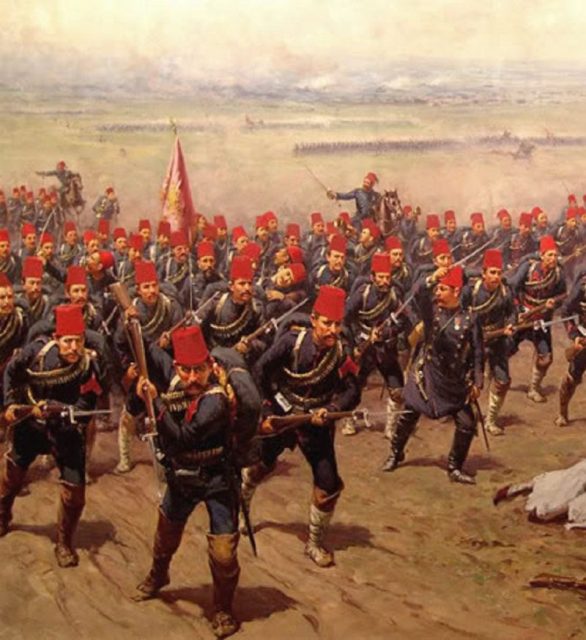
The shot was heard by the sober Austrian soldiers who were inside the town of Karansebes. These men were on alert for the Turkish forces that were set to arrive the next day and assumed the shot from across the river was the enemy. Records state that one of the soldiers in the town shouted “Turks!” which was heard by the soldiers across the river.
The infantry and cavalrymen made their way back to the town, but it was already too late. The army was overtaken by chaos and disorder, and some of the soldiers tried to flee as they were not prepared for battle.
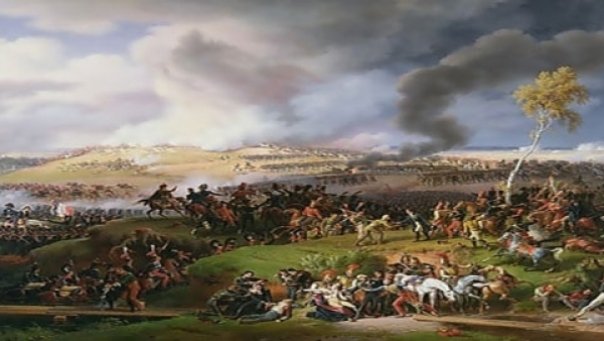
The soldiers in town that saw the others cross the river assumed they were the Turks they were expecting, so they fired on the drunken soldiers. The drunken soldiers believed that the town had been overrun by the Turkish forces and returned fire.
Some German officers tried to stop those fleeing by shouting “Halt.” The soldiers who did not speak German thought they were Turks shouting Allah as their battle cry.
The shouts of the German officers, the shots from the drunken soldiers and the overall chaos in the town led to the Austrian army firing on itself. An Austrian corps commander even ordered artillery to be fired at the drunken soldiers. By the end of the night, an estimated 10,000 soldiers would be either dead or wounded.
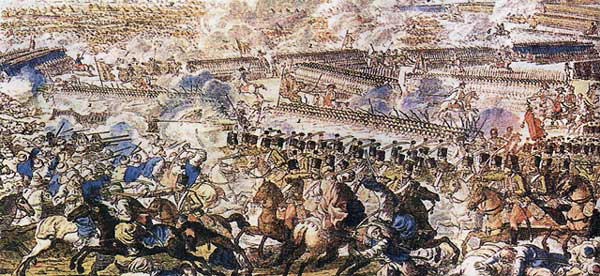
The real Turkish forces arrived at the town two days later. They found the town without any defenses and took control of it easily.
The Battle of Karansebes is recorded, but there is some contention regarding whether it actually occurred or not. There are some historians who believe that this battle was a fabrication. There are other historians who are sure that this type of battle can occur and likely did.
Those who believe that the battle did not happen cite the 40-year gap between the Austro-Turkish war and compiled records. The fact that it took 40 years for the first compiled history to be recorded could mean that there was contention regarding the facts. It would also make it easier to add battles and facts that did not occur or that were pure hearsay.
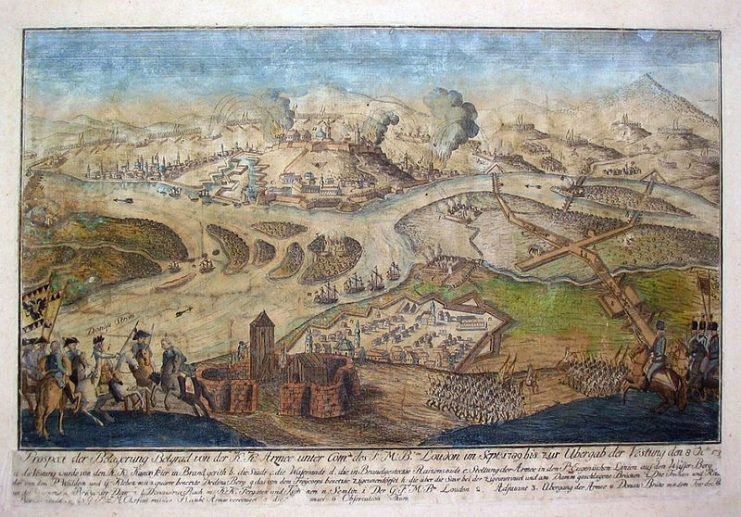
These historians also question whether it is possible for an army to fight itself for as long the Austrians allegedly did without realizing that something was wrong. Could 10,000 men be killed and wounded without someone realizing that they were fighting their own troops?
Read another story from us: Siege of Vienna: Ottoman General Kara Mustafa
Believers of this battle say that it is possible for confusion and chaos to have created this situation. They also state that embarrassment might be the reason why the battle was originally left out of mainstream historical records. These historians believe that the Austrian army was so embarrassed by these actions that it did not want them publicized.
